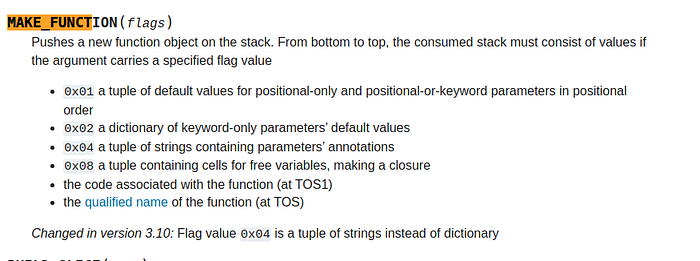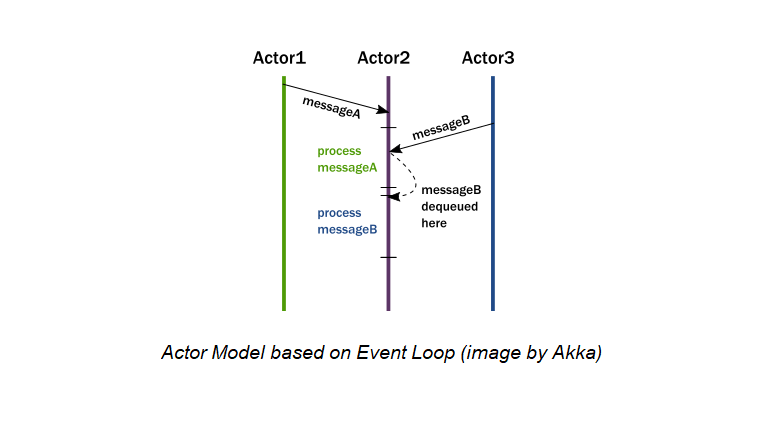
I always pay attention to assessing the complexity of programming in a particular language. Programming is indeed not an easy task and this is perceived as a fact and usually does not require any confirmation.
But the concept of “complexity” is akin to the term “heap”. For some, five coconuts is not so much, but for someone who ate one and “didn’t want any more,” this means that even one coconut will be too much for him.
The same goes for the complexity of programs. It seems that the constant increase in the complexity of programs is obvious to everyone and is observed in all areas of application of IT technologies, and programming languages themselves become more and more complex as they develop, but assessing “complexity” using numerical metrics is a problem. obviously a thankless task, but also “You can’t manage what you can’t measure...”
Typically, talk of “complexity” only implies value judgments without any numerical evaluation. And since I am personally interested in the issue of the complexity of programming languages, I decided to calculate the complexity of implementing the gcc compiler on some conditional “parrots”. What if we could see some patterns of difficulty changing over time?















